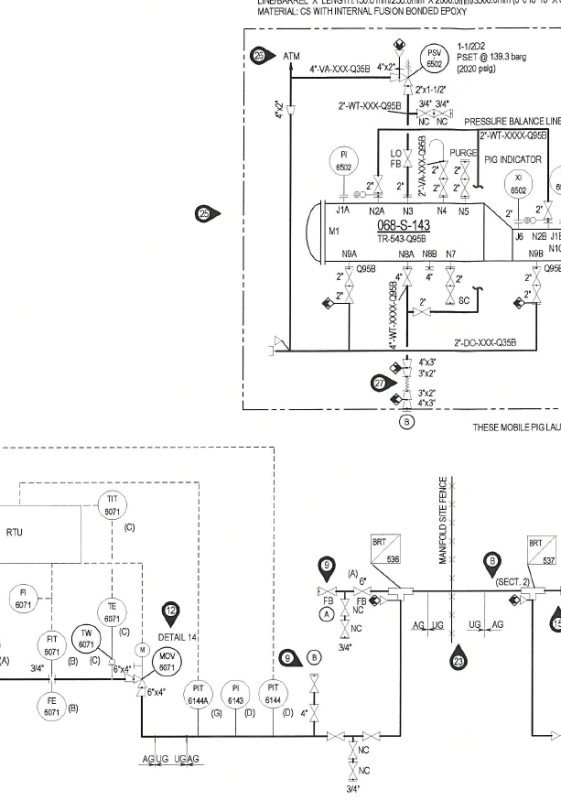jonjose123
Petroleum
Hi All,
Do we need to provide key interlock for Mobile Pig Traps...
Pig trap Size is 10" x 6".. As per Company only the main line valve and kicker line valve to key interlocked.
This mobile pig trap will be used for 10 flow lines...and there are existing flow lines in the field another 15 not for which a mobile pig trap already in place without Interlocks.
We proposed to client not use interlock for the current 10 traps too, as in case if they want to use current Mobile trap to pig previous lines , will not be in a position to do so as this will have interlocks and the previous ones doesn't have.
Is there any other justification we can present to client to not to provide key interlock for current Mobile traps.
Regards,
Jon
Do we need to provide key interlock for Mobile Pig Traps...
Pig trap Size is 10" x 6".. As per Company only the main line valve and kicker line valve to key interlocked.
This mobile pig trap will be used for 10 flow lines...and there are existing flow lines in the field another 15 not for which a mobile pig trap already in place without Interlocks.
We proposed to client not use interlock for the current 10 traps too, as in case if they want to use current Mobile trap to pig previous lines , will not be in a position to do so as this will have interlocks and the previous ones doesn't have.
Is there any other justification we can present to client to not to provide key interlock for current Mobile traps.
Regards,
Jon


